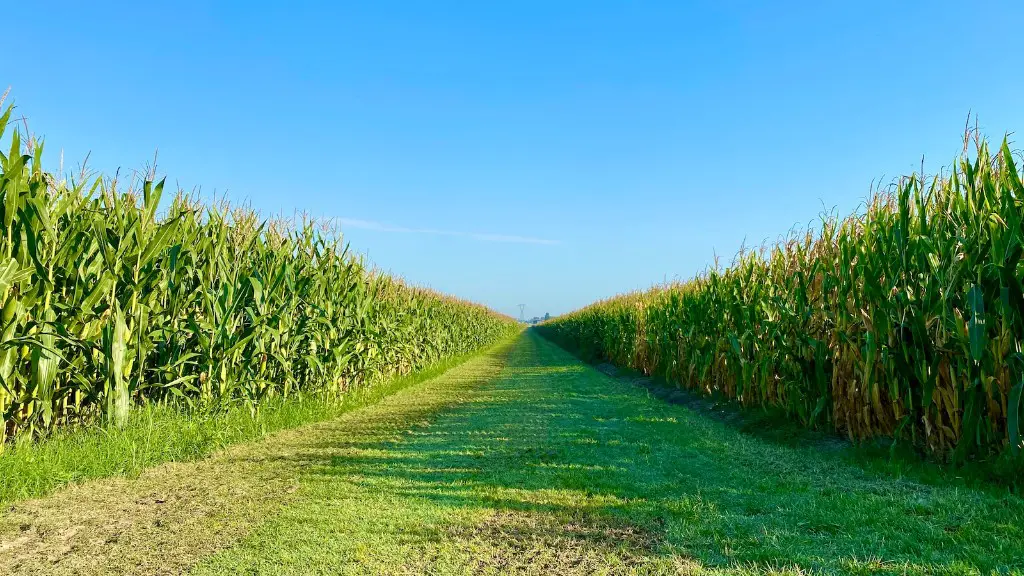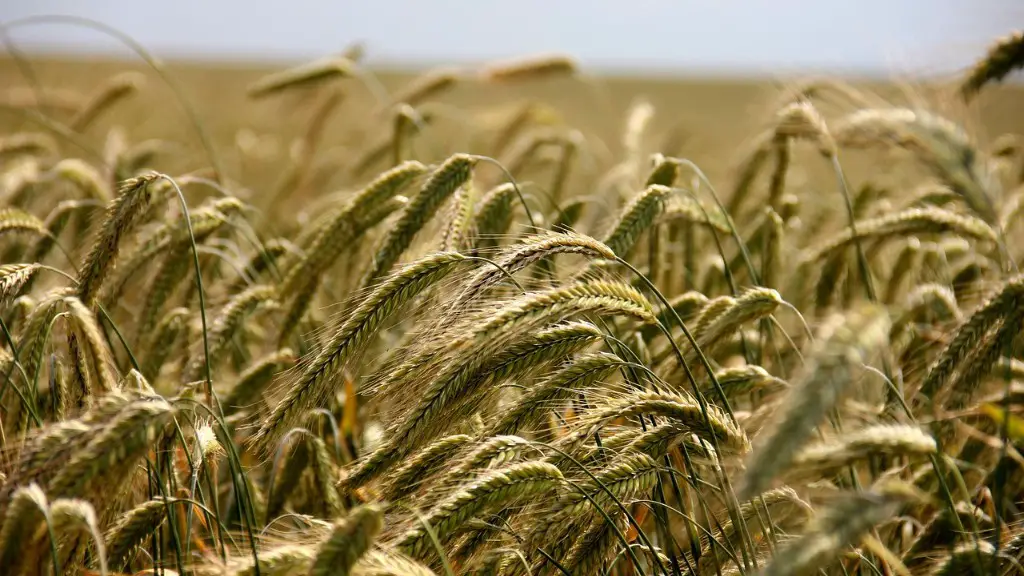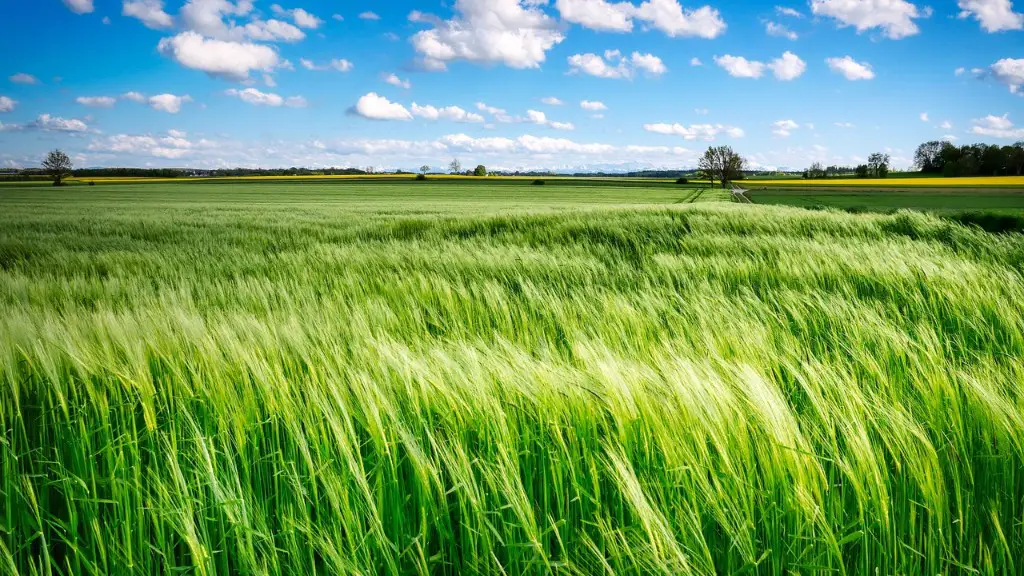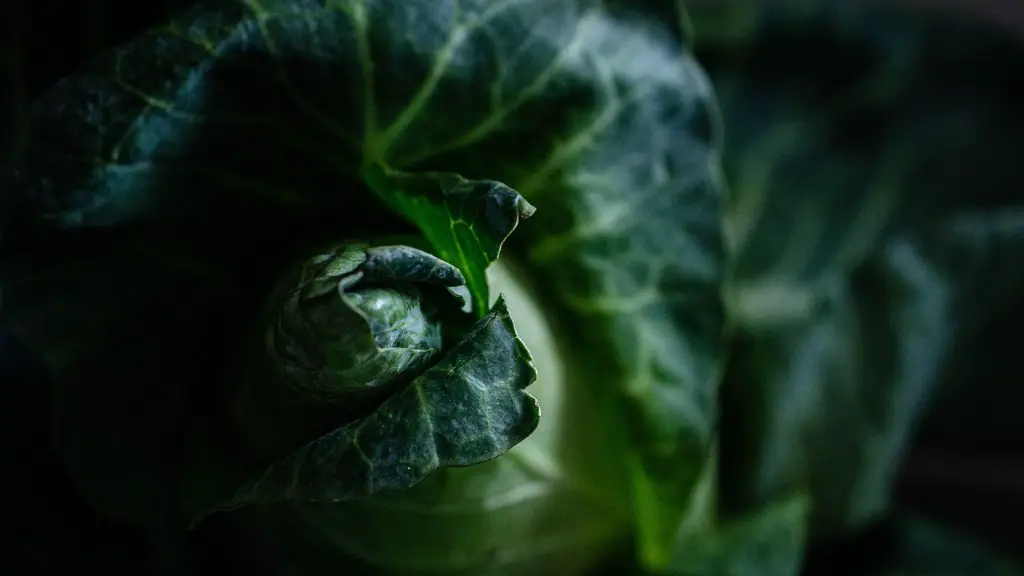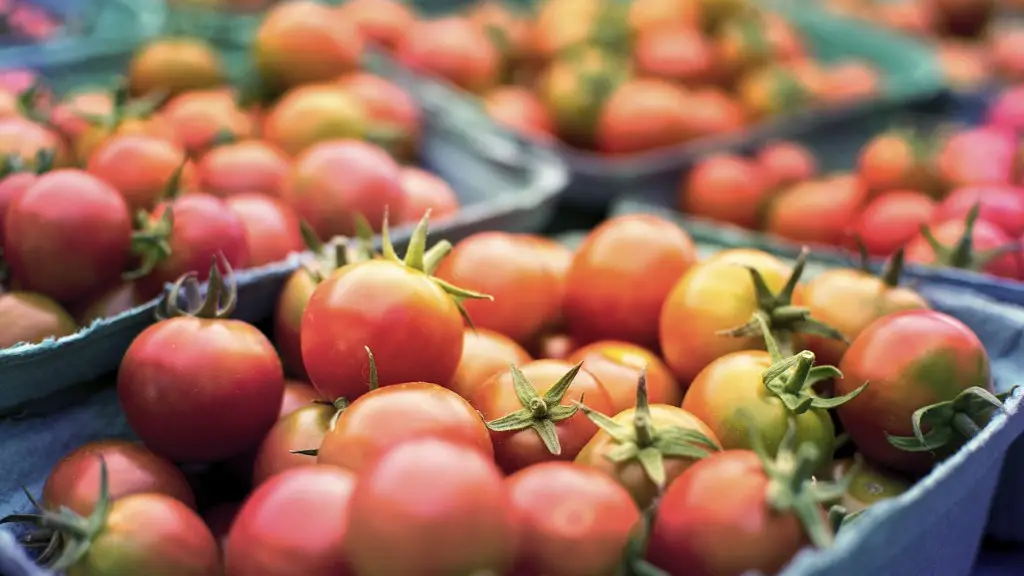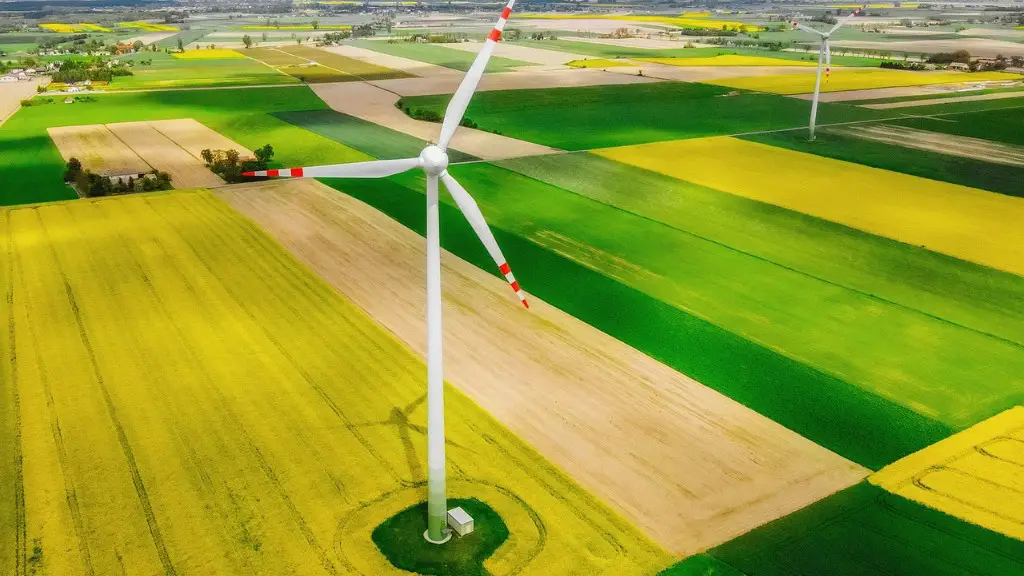Agricultural diversity is the variety of crops and livestock that are grown and raised on farms. This includes a wide range of fruits, vegetables, grains, and meat products. Farmers in different regions often specialize in different types of crops, depending on the climate and soil type in their area. This diversity provides people with a wide variety of food options and helps to ensure that our food supply is notinterrupted if one type of crop fails.
Diversity in agriculture means having a farm or ranch that includes a variety of crops and/or livestock. This can help reduce the risk of losing your entire crop or herd to a disease or pest. It can also provide a steadier income, as you are not relying on just one crop or livestock for your income.
Why is diversity important in agriculture?
Diversity is important in plant breeding and science in order to develop new, more resilient and productive varieties. This allows for more options for consumers in terms of what they want to eat, as well as ensuring that the plants are adapted to local preferences, environments and challenges.
Crop diversity is important for a number of reasons. First, it helps to ensure that crops are resilient to pests and diseases. A diverse range of crops means that if one crop is damaged by a particular pest or disease, there is a good chance that another crop will not be affected. This helps to reduce the risk of crop failure and ensures a more stable food supply.
Second, crop diversity helps to ensure that the nutritional needs of the population can be met. Different crops provide different nutrients, so a diversity of crops helps to ensure that people can get the nutrients they need from their diet.
Third, crop diversity helps to ensure that the global food supply is more resilient to climate change. Different crops have different requirements for temperature, rainfall, and other conditions. If the climate changes, some crops may no longer be able to grow in a particular area, but other crops may thrive. This helps to ensure that the global food supply is not disrupted by climate change.
Fourth, crop diversity helps to preserve traditional knowledge and practices. Many indigenous communities have a deep knowledge of the local plants and their uses. This knowledge is often passed down from generation to generation. If crop diversity is lost, this traditional knowledge may also be lost.
C
What is agricultural biodiversity examples
Agricultural biodiversity is essential for food security and sustainable agriculture. It helps farmers adapt to changing conditions, provides a source of new genes for crop improvement, and helps to ensure a more resilient and productive agricultural sector.
Crop diversity is essential for a healthy and productive agricultural system. A wide variety of crops helps to improve yield stability and disease/pest resistance, while also providing a more complete range of nutrients. Additionally, crop diversity can help to minimize adverse environmental impacts, such as soil erosion and water depletion. Finally, a diversity of crops can help to rebuild agricultural systems that have been degraded by monoculture practices.
What is diversity and why is it important?
Diversity in the workplace is important for a number of reasons. First, it helps to create a workforce that is reflective of the broader population. This is important because it helps to ensure that everyone has an opportunity to be represented within the organization. Additionally, diversity in the workplace can help to foster a sense of belonging and inclusion. This is important because it can help to create a more positive work environment for all employees. Finally, diversity in the workplace can help to create a more innovative and creative organization. This is because different perspectives can help to generate new and innovative ideas.
Intensive farming has been identified as a major driver of biodiversity loss. The loss of natural habitat due to farmland expansion is the main cause of this loss, but intensive farming practices are also a significant contributing factor. These practices include the use of large amounts of pesticides and other chemicals, as well as the disturbance of natural ecosystems. These activities can have a profound impact on the diversity of plant and animal species, and can lead to the decline of important species.
Why is biodiversity important for agriculture *?
Biodiversity is essential to the health and resilience of our planet. By increasing biodiversity, we increase the ability of ecosystems to withstand shocks and stresses, and we create opportunities to adapt our production systems to emerging challenges. Biodiversity is also a key resource in efforts to increase output in a sustainable way.
There are many ways to enhance plant diversity on your farm or ranch. One way is to diversify your enterprises by including more species of crops and livestock. Another way is to use legume-based crop rotations and mixed pastures. You can also intercrop or strip-crop annual crops where feasible. Finally, you can mix varieties of the same crop. By using some or all of these strategies, you can make your farm or ranch more diverse and productive.
What are the 5 benefits of diversity
Diversity is essential for innovation because it leads to different perspectives and new ideas. A diverse workforce is also more successful in recruiting top talent. Customers respond positively to diversity, which can improve a brand’s image. Lastly, diversity and inclusion boost employee engagement.
There are many ways to promote diversity in the workplace, but some of the most effective include:
1. Educating managers on the benefits of diversity.
2. Creating more inclusive workplace policies.
3. Communicating clearly and creating employee-led task forces.
4. Offering meaningful opportunities for employee engagement.
5. Creating mentorship programs.
How do we explain diversity very short answer?
Diversity is an important aspect of any community or organization. It helps to create a more well-rounded and understanding environment. It is important to have a diversity of people with different backgrounds and experiences so that everyone can learn and grow from each other.
Examples of internal diversity include race, ethnicity, age, nation of origin, gender identity, sexual orientation, or physical ability. Internal diversity can contribute to a more innovative and effective workplace by providing different perspectives and experiences. Additionally, a diversity of background and perspectives can help to create a more inclusive environment.
What are the main reasons of diversity
Migration is the main cause of diversity among people. People have been migrating from one part of the world to another for centuries, and this has resulted in a great deal of cultural and linguistic diversity. Even within a single country, there can be a great deal of diversity among people who have migrated from different parts of the world.
Biodiversity is important for the health of our ecosystems. By planting a variety of flowers and plants, we can create habitat for a variety of animals, contributing to the overall health of our land.
What happens when farms lack biodiversity?
This is a quote from the FAO Director-General, José Graziano da Silva, on the importance of biodiversity for food security and nutrition. He states that less biodiversity means that plants and animals are more vulnerable to pests and diseases, which in turn jeopardizes our food security and nutrition. This is yet another reason why it is so important to protect and conserve our world’s biodiversity.
There are many benefits to diversifying your farm. Diversifying can help you to become more profitable and to tap into new markets. It can also help you to reduce your risk, as you are not relying on one crop or one type of livestock. There are many different ways to diversify your farm. You can add new crops or livestock, or start new businesses. Some ideas for diversifying your farm include:
-Adding pastured poultry and organic beef production
-Starting a bed and breakfast in the barn
-Setting up a local tourist attraction
-Offering farm tours
-Selling value-added products such as artisan cheese or honey
Diversifying your farm can be a great way to improve your operation. It is important to do your research and to plan carefully before you make any changes. You should also make sure that you are diversifying in a way that makes sense for your farm and your goals.
Warp Up
Diversity in agriculture refers to the variety of crops and livestock that are raised on a farm. This can include a variety of fruits, vegetables, grains, and livestock. Diversity in agriculture helps to provide a farm with a stability and security, as each type of crop or livestock can offer different benefits. For example, if one crop fails, another may still be successful. This can help to ensure that a farm has a consistent source of income and food.
There is no single answer to the question of what diversity in agriculture looks like. It can encompass a wide range of factors, from the types of crops grown on a farm to the cultural background of the farmers themselves. What is important is that agricultural diversity is essential to the health of both our ecosystems and our economy. By supporting a diversity of farmers and farm operations, we can ensure that our food system is more resilient to the challenges of a changing climate and ever-changing markets.
